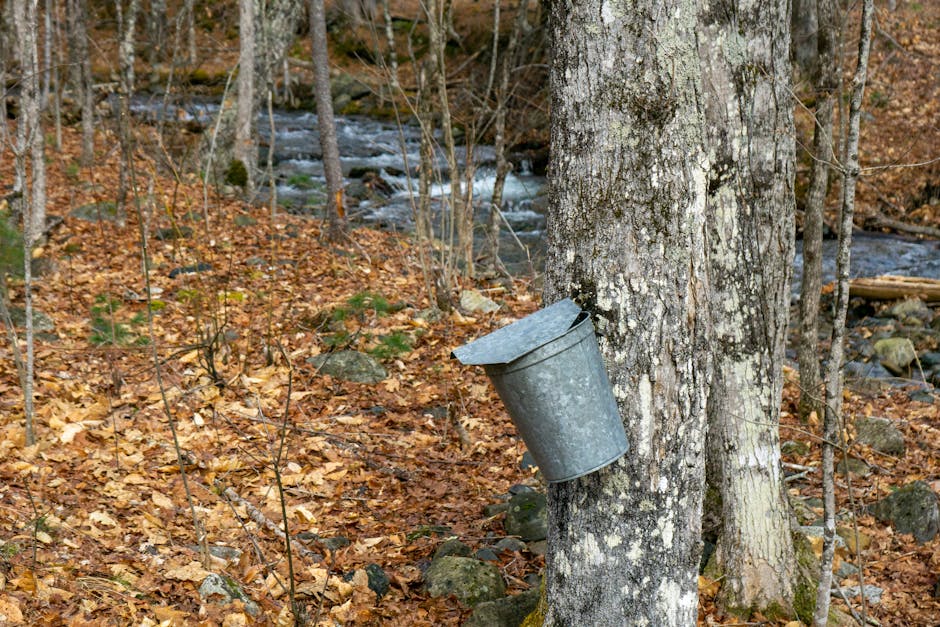
The Hidden Power Within Tree Sap
Tree sap, often overlooked and underappreciated, holds a hidden power that can baffle and astonish. While it may seem like a simple sticky substance, sap is actually a dynamic and versatile material with a multitude of uses.
One of the most remarkable properties of tree sap is its ability to heal and protect. When a tree is injured or damaged, it releases sap to seal the wound and prevent further harm. This natural bandage not only assists in the tree's recovery but also defends against harmful bacteria and pests.
Humans have been harnessing the power of tree sap for centuries. In ancient times, it was used as an ingredient in medicines and ointments to treat various ailments. Even today, traditional medicines in some cultures rely on the healing properties of sap.
But tree sap's hidden power doesn't end there. It also serves as a vital resource for countless other applications. One such example is the production of maple syrup. Maple trees store sap during the winter months, and when tapped, this sap can be transformed into the delicious syrup we all know and love.
Another fascinating use of tree sap is in the creation of lacquer. Derived from the sap of certain trees, lacquer has been used for centuries to produce glossy and durable finishes on various surfaces, including wood and metal. The art of lacquerware has been mastered in many cultures, resulting in exquisite and intricately decorated objects.
Furthermore, tree sap is employed in the manufacturing of essential oils. Certain types of trees, such as the frankincense tree, yield sap that can be distilled into fragrant oils used in aromatherapy, perfumery, and even in religious rituals.
With its diverse range of applications, tree sap truly possesses hidden power. From healing wounds and creating syrup to producing lacquer and essential oils, this natural resource continues to amaze and inspire.
